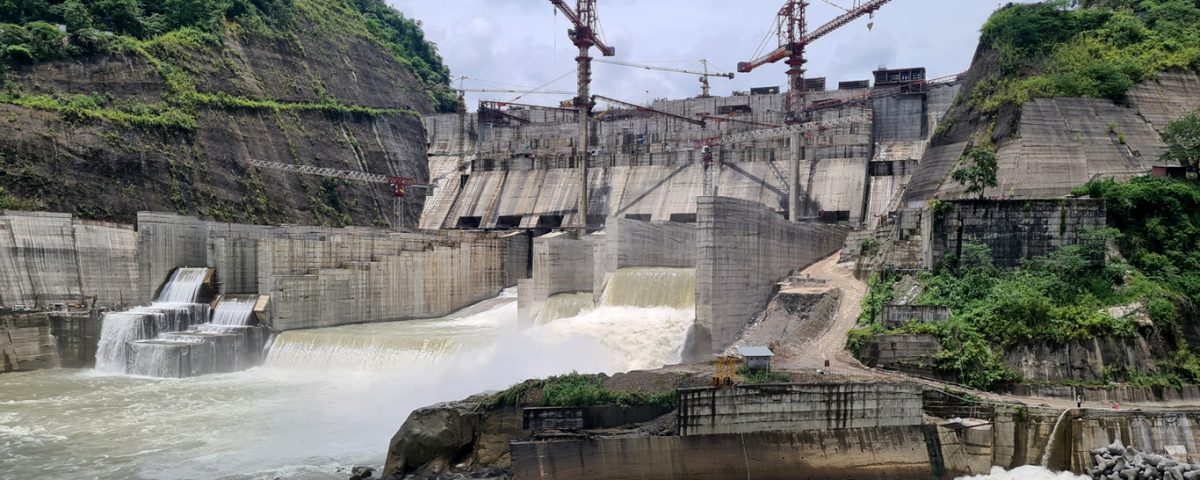India to Commence Massive Hydropower Project in Proximity to China Border

Summary
India is on the verge of embarking on a significant hydropower project near its border with China, marking a major milestone in the country’s shift towards renewable energy sources. NHPC Ltd., a government-owned hydropower company, is gearing up to commence trial runs in July for the Subansiri Lower hydropower project, which spans across the states of Assam and Arunachal Pradesh in the northeastern region of the country. Rajendra Prasad Goyal, the finance director, anticipates that the first unit will be operational by December, with all eight units expected to be commissioned by the end of 2024.
———————————————————————————————————————————
Hydropower plays a vital role in maintaining grid stability as the generation of solar and wind powers, which are intermittent sources, continues to rise. Despite facing protests and legal challenges, the Subansiri Lower project, with a capacity of 2 gigawatts, has been in the works since 2003. Concerns over potential environmental damage led to the suspension of the project for eight years, causing its cost to surge to 212.5 billion rupees ($2.6 billion), more than triple the original estimate. However, in 2019, the National Green Tribunal permitted the resumption of work. It is worth noting that opposition to dams has hindered India from utilizing its full hydropower potential of 145 gigawatts, with only around one-third being tapped so far.
Rajendra Prasad Goyal emphasized the need for extensive scrutiny and obtaining approximately 40 approvals from various departments before commencing the construction of a hydropower project. He acknowledged the challenges associated with halting the construction process once it has already begun.
In addition to its energy benefits, large dam projects contribute to the growth of local economies, particularly in regions along India’s tense borders with China and Pakistan. As the Subansiri Lower project nears completion, NHPC is finalizing plans to award construction contracts for the Dibang project, a colossal hydropower plant with a capacity of 2.9 gigawatts, making it the largest planned hydropower facility in India. To encourage hydropower development, the government has granted large dams the status of clean energy sources. This policy requires provincial power distributors to prioritize the purchase of hydropower over electricity generated from fossil fuels. Furthermore, the government has agreed to provide budgetary support for civil construction and flood moderation work in certain cases.
The initiation of the Subansiri Lower hydropower project signifies a significant milestone for India’s renewable energy sector and demonstrates the government’s commitment to achieving a sustainable and diversified energy mix. With the country’s increasing focus on clean energy sources, hydropower is poised to play a pivotal role in meeting the rising electricity demand while maintaining grid stability.
***






